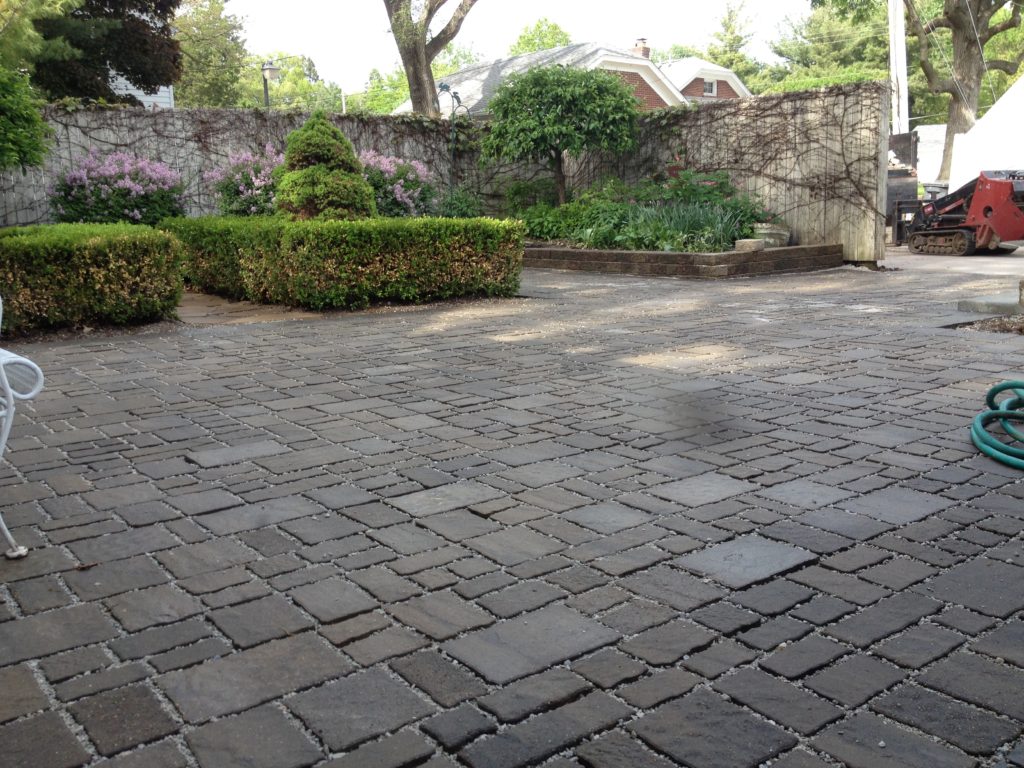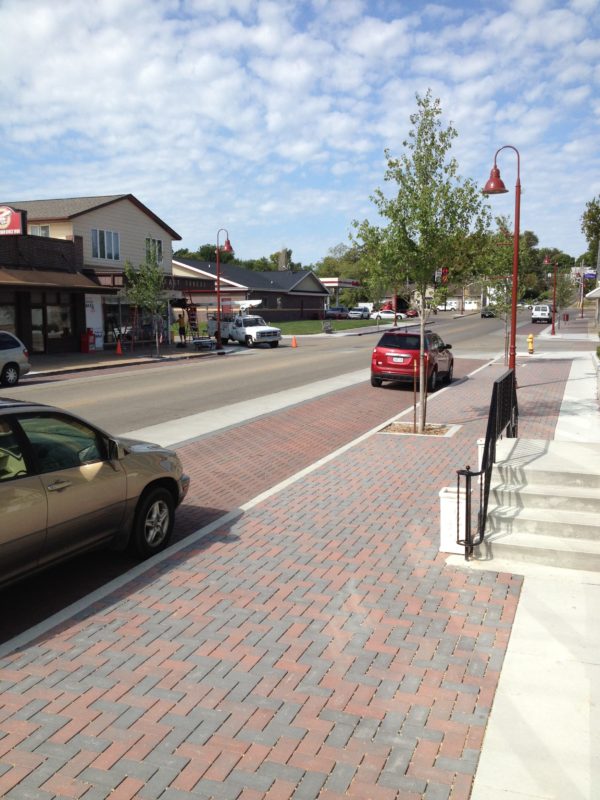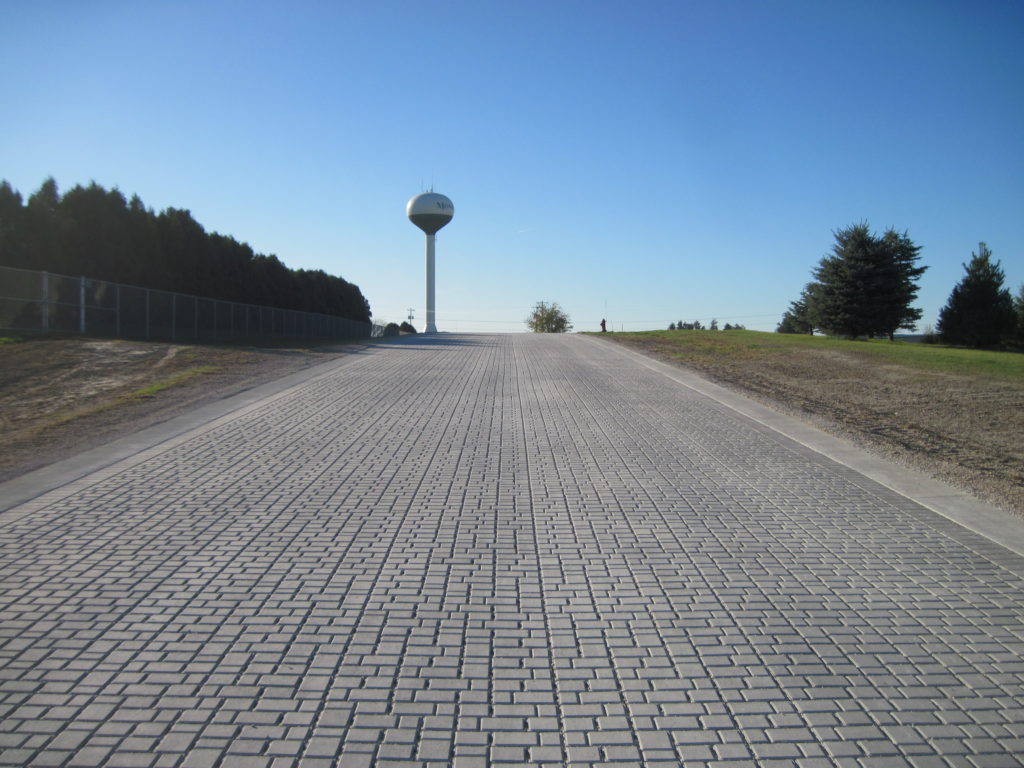Urban landscapes are dominated by impervious surfaces like roads, parking lots, and driveways, which prevent rainwater from soaking into the ground. In fact, these surfaces often account for more than 60% of the developed footprint in many cities. When rain falls on these hardscapes, it quickly becomes runoff, contributing to flash flooding, erosion, water pollution, and stream degradation. Permeable pavers offer a practical and attractive solution by turning traditionally impervious areas into surfaces that allow water to soak in.
Permeable pavement systems are designed to manage stormwater where it falls by allowing rain to pass through the surface into underlying layers of crushed stone. This subsurface structure temporarily stores and filters the water, allowing it to soak into the soil or flow slowly through an underdrain when infiltration isn’t possible. Unlike traditional pavement, permeable pavers use porous materials or spaced joints to promote infiltration and mimic natural hydrology.
This design helps reduce runoff volume and velocity, lowering the risk of flooding, erosion, and pollution. By filtering pollutants like oils, nutrients, and heavy metals, permeable pavers improve water quality while also minimizing winter ice hazards and supporting groundwater recharge. Suitable for sidewalks, driveways, parking areas, and low-traffic streets, these systems can perform as well as conventional pavements when properly maintained – while offering lasting environmental benefits.
Key components
Permeable surface layer: The top layer that lets water pass through. This may be porous asphalt, pervious concrete, or interlocking pavers with open joints filled with aggregate.
Joints or pores: In paver systems, aggregate-filled joints provide infiltration. In porous asphalt and pervious concrete, internal voids allow water to flow through.
Bedding layer: A thin layer of clean, angular stone placed beneath pavers to support the surface and promote infiltration.
Aggregate base/reservoir: A deeper layer of open-graded stone that stores runoff and allows it to infiltrate or flow to an underdrain.
Geotextile fabric (optional): A filter fabric that separates soil from stone layers to prevent clogging and maintain infiltration rates.
Underdrain (if needed): A perforated pipe that slowly releases excess water when infiltration is limited by site conditions.
Edge restraints and subgrade: Structural supports that hold the system in place. The subgrade may be compacted or left uncompacted depending on the desired infiltration.



